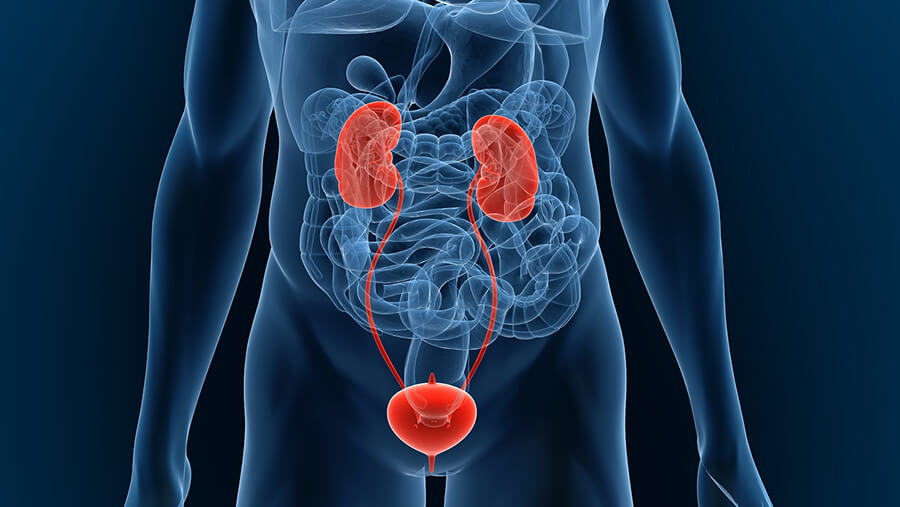Penile biopsy: what it is and how takes place
Penile biopsy or balanopostitis involves the removal of a fragment of penile skin and is performed in the presence of any suspicious lesion. Biopsy can be performed in any part of the penis: foreskin, glans, penile shaft.
The extent of biopsy sampling depends on the characteristics of the penile lesion and is decided by the Urologist.
Types of biopsy
Two types of biopsy can be performed: incisional or excisional.
With incisional biopsy, only a fragment of the lesion is taken, while excisional biopsy involves total excision of the lesion in question.
Performing the biopsy
Biopsy is performed under local or general anesthesia, depending on the extent of the sampling. Biopsy consists of either incision by scalpel of the penis in the predetermined area and subsequent removal of a single fragment or total excision of the lesion.
When there is suspicion of a benign lesion or a small lesion, an excisional biopsy is performed, with the aim of definitive cure.
Otherwise, if the lesion is located on the foreskin, circumcision is often necessary. Following the biopsy collection, sutures, usually resorbable, will be placed to reduce bleeding. The harvested material is subsequently examined under a microscope in the laboratory.
Complications and results
Complications of this procedure are minimal, most often due to wound dehiscence or infection. If the biopsy is positive for the presence of a tumor, it will be necessary to perform further diagnostic investigations to check for the spread of the disease to other parts of the body. Therapeutic planning will depend on the results of these investigations.
The dedicated English-language answering service is available by calling or texting +393296253353 for information or reservation.



